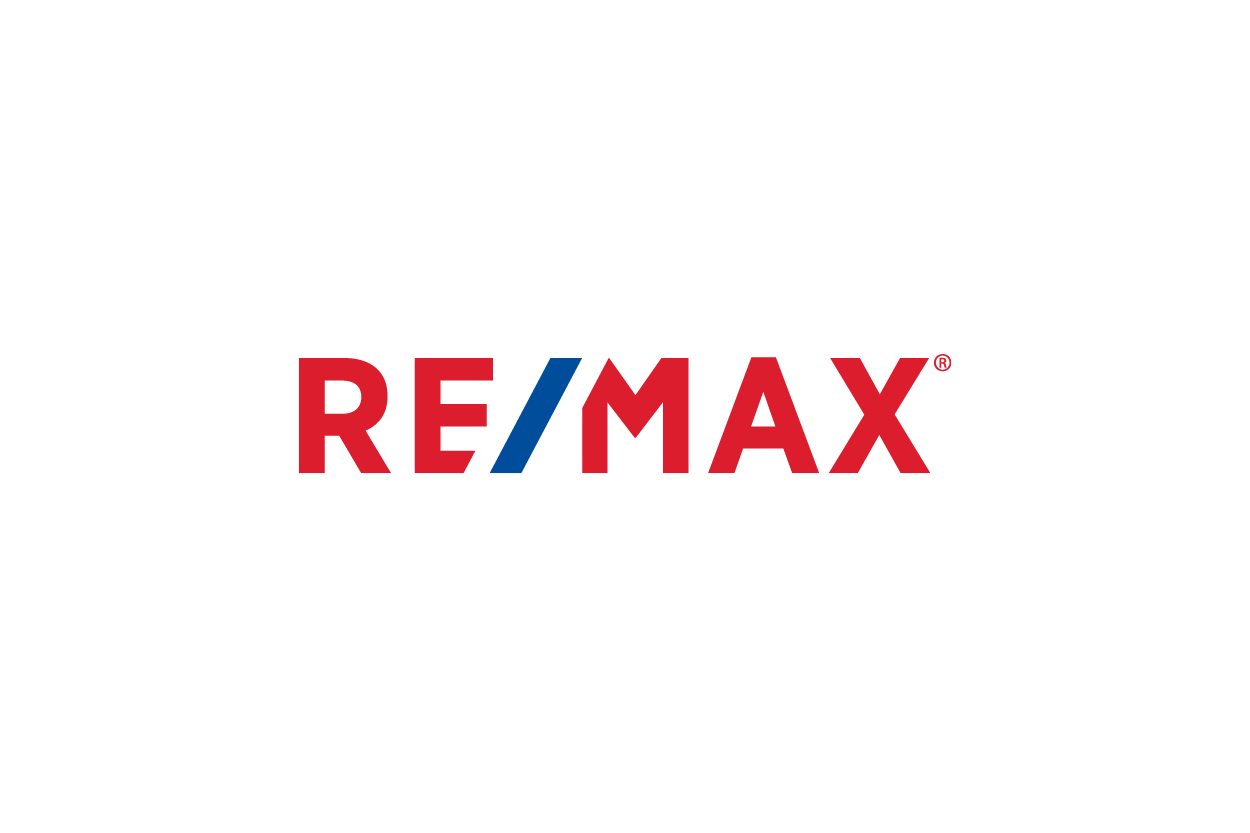Meet Victor Coll, a seasoned expert in the art of in-bound content marketing. With a proven track record in crafting winning content strategies, Victor excels in attracting and engaging audiences organically. His proficiency extends to optimizing content for maximum impact, resulting in increased brand visibility and audience retention. Victor's dedication to the art of in-bound content marketing has helped businesses achieve remarkable growth. Join him as he shares invaluable insights and strategies to empower your content marketing efforts and drive meaningful connections with your target audience.
Why Print Advertising Should Be Part of Your Marketing Mix in 2020
WHY PAY MORE?
There is no doubt that business marketing has tended toward the world of digital media in recent years. Real estate companies and agents have certainly taken advantage of the trend, with strategies that range from email marketing, social media advertising and PPC campaigns, and the mining of micro-moments to create targeted content, to voice-search, 3D virtual tours [ see “What is Matterport ], and video showcasing. Digital marketing is here, and it is here to stay.
That is because digital marketing pays off. Each year, advertising budgets make more and more room for digital marketing. Money spent on digital advertising is swelling toward a projected 332 billion dollars in 2021 – nearly double what it was just a few short years ago. Digital marketing is an ocean of marketing resources, and companies are quickly sailing out to sea.
But in a hyper-digitized world, some consumers are drowning in that sea of over stimulation. And those consumers are increasingly impacted by another, older form of marketing. Print marketing. Sure, trends have blown advertising in the direction of the digital domain, but the tried, true, and tested waters of print advertising hold many advantages and should be a part of a comprehensive marketing campaign.
But what are those advantages? Why would anyone invest in print media with so many digital options available? Here are five reasons why print advertising should be part of your marketing mix in the upcoming year.
- Print media separates you from the crowd.
One of the disadvantages of the digital domain is the sheer volume of information that bombards potential clients and customers. Today, the average person might be exposed to as many as 10k ads each day. And daily, 14.5 billion spam emails are received. That accounts for almost half of all emails. Many of the dozens of messages that make it to a customer’s inbox are deleted or ignored as well. All the noise in digital marketing has made it harder to be distinct with your message. And in all the chaos of digital media, your online messages tend to get lost and overlooked.
Print advertising, on the other hand, allows you to separate your message from all the noise. A carefully crafted color brochure or flyer can help you focus your clients on a targeted message. A creative business card puts something tangible in their hands. Something they will hold onto much longer than an online ad. With print materials, you can emphasize the messages that you want your audience to see and remember.
- Print advertising leaves a lasting impression
Another shortfall of the digital trend is the length of time people remember a message. An advertisement only remains in a person’s short-term memory for fifteen to thirty seconds. Then it is gone, unless it is placed in long-term storage. Customers tend to gloss over ads online and remember them far less than if they engage with them, as they do with print media. Print items engage more physical senses – sight, feel, and even smell – than digital methods, and they also stimulate an emotional response. These are all methods of helping your audience to transfer your message from short- to long-term memory.
More than eighty percent of Americans remember a company’s name when they receive a promotional item with the company logo. And they tend to keep those items for and average of six months. Customers, clients, and prospects are more likely to remember your printed message than your digital one.
- Print advertising provides a broader customer experience
Print advertising allows for deeper levels of engagement than does digital media. Not to be overlooked, the sensations of touch, feel, and smell of print materials is an experience your audience loses out on when they receive your message through nothing but a computer screen.
For example, a potential customer who holds your brochure can not only see the color and appreciate the beauty of your graphics, they can also feel the texture of the paper, smell the ink, and experience something real instead of something virtual.
And studies show that younger audiences – the youngest in Generation Z and, just ahead of them, emerging Millennial home buyers – appreciate print materials. They are inclined, for instance, to read direct mail longer and more thoroughly than other age groups. Millennials even make up more than thirty percent of magazine readers.
They also relish experiences. Sight, feel, smell – those values are not lost on younger customers who are looking for opportunities to unplug. And in the vast, indifferent digital ocean, print ads just feel more personal.
Despite the increase in popularity and success of social media in the real estate market, it is equally important to enhance your online efforts with organic tactile and sensory experiences.
- Print advertising is perceived as a trustworthy source
In the age of “fake news” and other online propaganda, studies show that a surprising portion of the population – over eighty percent – trust print ads when they are making a buying decision. There has developed a distrust of digital information, yet print ads that seem more “real” are seen as more trustworthy sources of information.
Of course, many older Americans have traditionally preferred conventional advertising channels. And those conventional elements – television, catalogs in the mail, radio ads, and outdoor ads – are at the top of the list of most-trusted advertisements. What might be surprising is that both Millennials and those from Gen Z are far more likely to trust print advertising than digital.
- Print advertising maximizes your return on investment
Not only does print advertising separate your message from the sea of messages, leave a lasting impression with your audience, create a unique customer experience, and provide your customers with a trusted source, it also serves those who are less tech-savvy. And it reaches neatly and personally into your local market. But on top of all that, print media provides a solid return on investment. Studies have shown, for instance, that direct mail response rates outperform all digital channels by nearly four times. And overall, ROI is commensurate to that of social media.
Print advertising may be seen as a program of the past. But it is clear that the use of print media in your marketing campaigns as a way to complement your digital footprint is a solid strategy. In real estate especially, printed pages go beyond a simple marketing pitch. They serve to establish a relationship between you and your clients, customers, and potential prospects. They allow your audience to not only hear your name, but also to interact with your brand in a way that goes beyond a momentary email letter or social media post into a more enduring experience.
The post Why Print Advertising Should Be Part of Your Marketing Mix in 2020 appeared first on Hometrack Real Estate Marketing.


Real Estate Photography Blog Categories



CONTACT US
Brought to you by
1 Texas Station Court
Suite 130
Timonium, MD 21093
All Rights Reserved | ©2025 Hometrack Real Estate Marketing | Privacy Policy | Powered By Craig Westerman, Victor Ivan Coll , and Juno Digital Media












